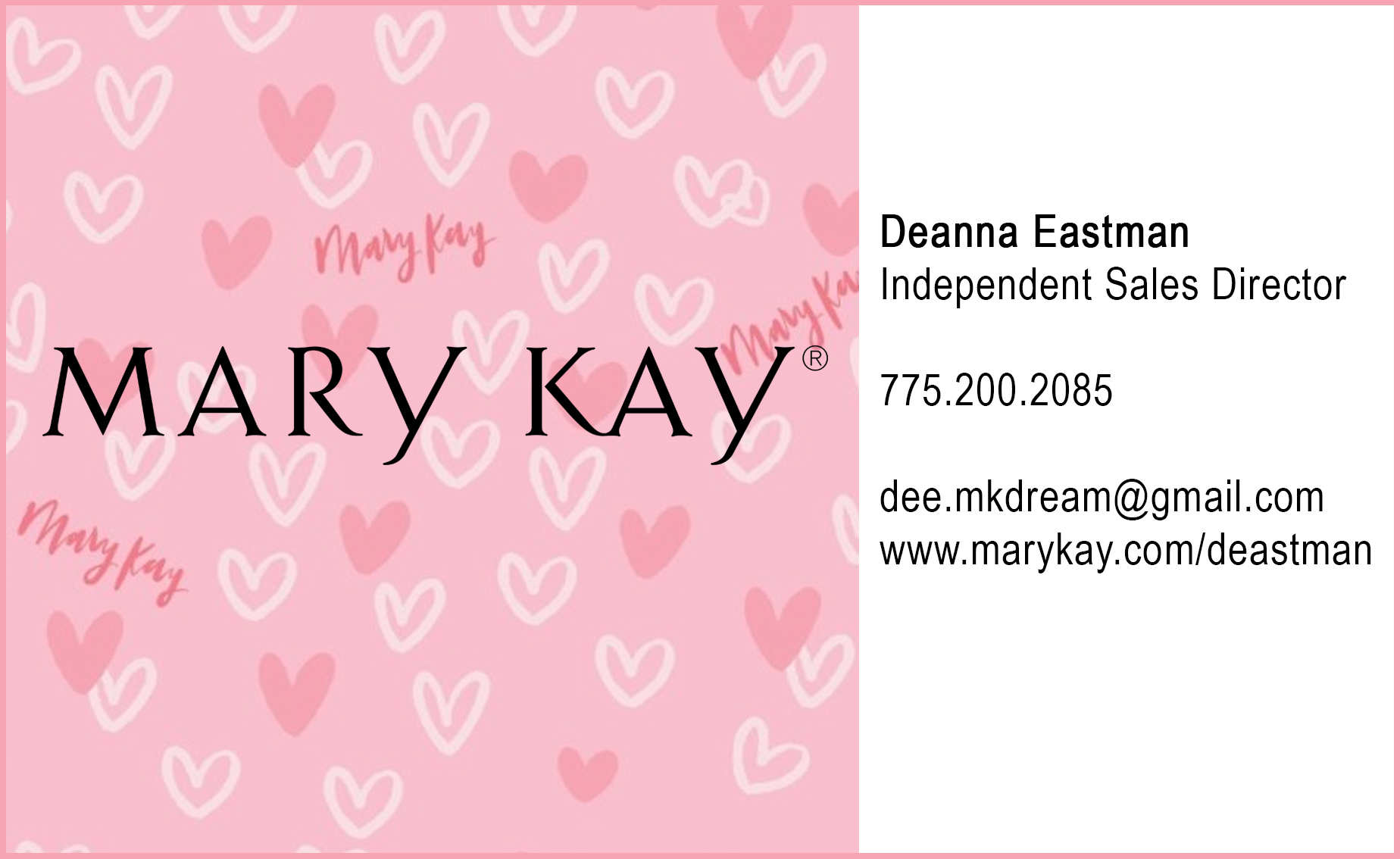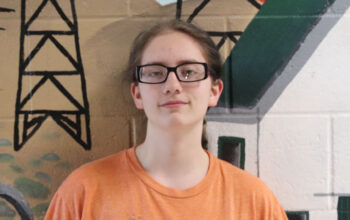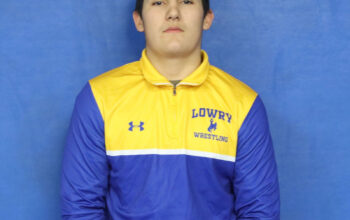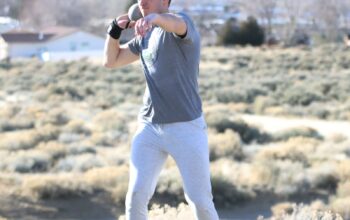By James A. Fussell, McClatchy Newspapers (MCT) Posted January 11, 2011
KANSAS CITY, Mo. — Once upon a time, no self-respecting high school boy would take home economics. Home ec was for “Becky Home Ecky” types or girls who were looking to get their M-R-S degrees.
Boy, have times changed. Traditional “home ec” has not been removed so much as rethought. Today it’s called family and consumer sciences — known as FACS or FCS — and in many ways it’s a new experience. We talked to three Kansas City-area teachers — Cecilia Jaggard, Harriet Haxton and Betty Jones — about home ec’s new face: Question: Do you have boys in your class today?
Jones: I have football players, wrestlers, all the big Bubbas. They don’t treat it like, “Oh that’s something a girl should do.” They get right in there and have a blast.
Jaggard: I tell them knowing how to cook is a chick magnet! Q: So, this isn’t your mother’s home ec class?
Haxton: Right. But my mother was a home ec teacher. Q: How have things changed?
Haxton: They used to have “mother teas” where the students would prepare cookies and invite their mothers. It was all very proper, because in those days (most) mothers stayed at home. Today our students are focused on the best ways to prepare food if you have challenges with regard to economy or if you’re in a hurry. And with the obesity problem and the fact that we eat out more, we talk more about what you can make from scratch that’s going to be more nutritious.
Jaggard: We focus more on wellness. We look at sugar and salt and try to update recipes so they’re healthier. And we also have an active chapter of Family Career and Community Leaders of America. Q: What’s that?
Jaggard: It used to be FHA, Future Homemakers of America. They do projects that are FACS-related. There’s district, state and national competitions. A friend of mine told me she was an officer (in FCCLA) and won so many medals that she didn’t pay a dime to go to college. When I told this to my students they were begging me to sign up for FCCLA. Q: Any other way the class has changed?
Jaggard: We help kids prepare for careers. We help them write resumes and cover letters and give them job skills. Q: Why the name change?
Jones: They wanted it to be more gender-friendly. Home ec was a stereotype. Q: Have TV cooking shows sparked more interest today?
Jones: I think so. Like “Ace of Cakes?” Last year we did a cake decorating contest, and I mean everybody wanted to win. And one day a student threw something in his pot and said, “Bam.” And I’m like “OK, he’s been watching ‘Emeril.'”
Haxton: They’ve made (FACS classes) more popular and brought a lot more creativity. They’ll say, “I saw that recipe on ‘Iron Chef.'” Sometimes they’ll even ask to have food competitions. Q: Do your kids ever teach you?
Jaggard: Yes. When we did the pumpkin pies the girls took their leftover dough and baked little leaves and topped their pies with them. I was inspired and put them on my pies. So when I had a dinner (people said), “This is really cool.” And I said, “My students inspired me. They saw it on television.”
Q: Does technology play a role in how you teach?
Haxton: Huge. We record our demonstrations, then students who were absent can watch it on DVD. We also use computers.
Jaggard: We’re going to get an overhead projector with a camera so they can see on the screen down into the pot. Then we have a computer lab where we can do dietary analysis. I have them write down what they eat. From that we calculate their food groups and say, “You’re lacking in fruits and vegetables, or you’re not drinking enough water, or you’re eating too much bread.” I had one girl who said, “I’m going to get my boyfriend in here!”
Q: What’s important for people to understand about FACS?
Haxton: We’re bringing practicality to what students learn in core classes (such as reading and math). Kids want to know what they’re going to get out of it. We bring that purpose. They’re going to benefit their entire lives. Q: Why did you decide to become a home ec teacher and not, say, a math or science teacher?
Jaggard: Well, it is a science-based career. I had to have anatomy and physiology. I had to have chemistry and all these science courses in college. I have a bachelor of science in education. See, we teach food science. Q: A fun experience you’ll always remember?
Jaggard: We made brisket, and I brought my electric knife. These girls had never carved anything. … They (went) “Rrrrrmm! Rrrrrmm!” And they go, “This is neat! I want to do more of this!” We never let girls carve anything! It must be like the rush of power tools. Every woman ought to have an electric knife.
Q: Talk about some foods you’ve taught students to make.
Haxton: We’ve done pastries, pies, quick breads, biscuits. They’ve learned how to make a roux and a white sauce. We did an egg unit, and they learned how to make homemade egg noodles. Q: What are your students getting out of this, and what do you get?
Jones: It is so delightful for me to see how excited these kids get. Like when they made pizza crust from scratch and talked about how great — and easy — it was. And when they made homemade pie crust and apple pie before Thanksgiving, they went all out.
Even the parents are happy. Parents don’t have time to make homemade pies, so the child says, “I’ll do it.” And that’s good, because when they get into college and are a little bit broke they can think, “Well, I can make my own pizza or my own pie pretty cheap.” And that’s neat.
BERRY CREAM COFFEE CAKE
Makes 12 servings
4 ounces cream cheese
1/4 cup margarine
2 cups biscuit mix
1/3 cup milk
1/2 cup red raspberry preserves
For glaze:
1/2 cup confectioners sugar
1 tablespoon milk
1/4 teaspoon vanilla
Cut cream cheese and margarine into biscuit mix in a large bowl using a pastry blender until mixture is crumbly. Stir in milk to make a soft dough ball. Knead on a floured surface 8-10 strokes. Roll out dough on floured waxed paper to an 8-by-12-inch rectangle. Place on lightly greased baking sheet. Remove waxed paper. Spread preserves down the lengthwise center of dough and out to within an inch of the edges. Make 2 1/2-inch diagonal cuts on the edges about 1 inch apart down the long sides of dough. Fold strips over top to give a braided appearance. Bake at 450 degrees for about 12-15 minutes or until dark golden brown. Remove from oven and cool slightly.
Glaze topping: Mix together confectioners sugar, milk and vanilla in a medium bowl until smooth. Drizzle over top of warm coffee cake.
Per serving: 203 calories (43 percent from fat), 10 grams total fat (3 grams saturated), 11 milligrams cholesterol, 27 grams carbohydrates, 2 grams protein, 315 milligrams sodium, 1 gram dietary fiber.
MRS. BARTKOSKI’S BANANA BREAD
Makes 12 servings
3 ripe bananas
2 eggs
1/3 cup oil
2 cups flour
1 cup sugar
1 teaspoon baking soda
1 teaspoon salt
1/2 cup chopped walnuts (optional)
Preheat oven to 325 degrees. In electric mixer bowl whip peeled chunked bananas until smooth. Beat eggs and oil into bananas until well blended. In a separate bowl combine dry ingredients thoroughly. Add dry ingredients to banana mixture and mix well. Stir in nuts if desired. Pour into two medium, greased and floured loaf pans. Bake 1 hour. Loaves are done when a toothpick inserted into center comes out clean. Remove from oven and loosen edges with a table knife. Turn out onto cooling rack immediately and let steam and heat escape before wrapping in plastic for storage. Refrigeration will lengthen storage time. Loaves may be frozen.
Per serving: 265 calories (34 percent from fat), 10 grams total fat (1 gram saturated), 35 milligrams cholesterol, 40 grams carbohydrates, 5 grams protein, 295 milligrams sodium, 2 grams dietary fiber.
—Recipes from Cecilia Jaggard, family and consumer sciences teacher at Blue Valley Northwest High School in Overland Park, Kan.




